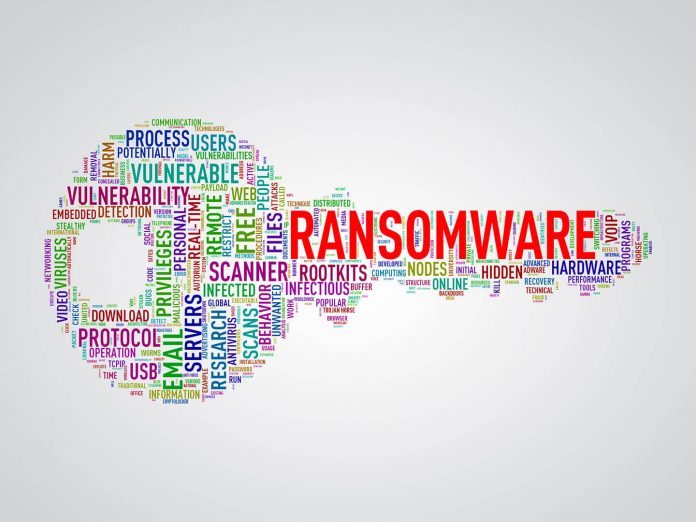Prevent a Ransomware attack with these handy tips
Prevention is better than cure, surely this is the case with ransomware. Now that we live and breathe on the internet even a small hiccup can spell a lot of trouble. In the wake of the WannaCry attack that crippled systems and users in over 150 countries we must be aware of ransomware attacks and how they can be prevented and countered.
What are ransomware?
Ransomware is any malware that locks or encrypts your files on your system and it is triggered by clicking on infected links or can travel in your network if even one of the systems on your network gets infected. Ransomware attacks are basically extortion through the internet, if a user is affected by an attack the user is usually locked out of his system or all the files on the system are encrypted and if you want to use all your files you must pay them a ransom (hence the name) for the decryption key. Payments are usually carried out by using digital currencies like bitcoin as they offer anonymity.

How to stay clear of Ransomware affecting your system?
To remain protected from ransomware attacks and cyberbullies, one must follow a few tips to be safe.
- The obvious answer is to not click on unidentified links or open mails from unidentified sources, no matter how irresistible it seems. Clicking on unidentified links, opening mails which seem fishy, or installing unverified files on your computers can trigger the malware to execute itself and run the malware through the system and its network thereby, affecting all the users and locking them out of their own system.
- Always backup your data, ransomwares block your data but if you have a backup of all your files you could just clear out your system and restore the backup. This is the most easiest way to counter a ransomware attack.
- Use an antivirus software to block out unnecessary programs from being installed and to scan the system for any malware. Using an antivirus is a pain as it takes up a lot of space on the system and shows up almost all the time as popups during work.
- Update your system, updating the system is necessary as developers and product heads know about possible malware attacks and try to rectify any bugs that they may encounter. Updating your system can almost block all malware that the system encounters, if you system is outdated and not running the latest version chances are you might be the next victim of any ransomware attack.
What to do if you are already affected by ransonware?
There is no guarantee that paying the ransom will return access to the user or not delete the data, they can always demand more.
- Set the BIOS clock back, ransomware usually have a time stamp associated with it, if a user delays the payment the ransom payment rises. To avoid such problems set the clock back to get some time.
- Disconnect from your network, WiFi. If you are connected to a network, chances are that the malware will infect other systems on your network.
- Try to check for patches, to clear out your system off malware.
- Restore your data, if you have a back up.
Stay Safe On The Internet!











